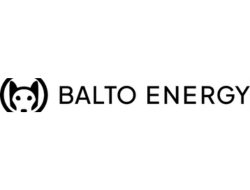|
Types of Microgrids A microgrid is a self-sufficient energy system that serves a discrete geographic footprint, such as a college campus, hospital complex, business center or neighborhood. A microgrid typically uses one or more distributed energy sources (solar panels, wind turbines, combined heat and power, gas or diesel generators, fuel cells) to produce its power. In addition, many newer microgrids contain energy storage, typically from batteries. Some also include electric vehicle charging stations. A microgrid that uses sophisticated software, controls and sometimes artificial intelligence to manage multiple energy resources. Most of the microgrid types listed here can be configured as advanced microgrids.
A microgrid that serves multiple buildings on a single large parcel of land, often for a single offtaker. Examples include business parks, medical centers and educational facilities.
A microgrid that serves critical facilities within a community, such as emergency response centers, water and wastewater treatment plants, grocery stores, fueling stations, government buildings and shelters. In some cases, community microgrids extend to noncritical buildings or homes.
As the name implies, it’s a microgrid that is connected to the central power grid, but that can be separated from the central grid when conditions warrant.
Hybrid microgrids generate power with two or more distributed energy sources, such as wind and solar. They also use a battery to store energy. These microgrids can operate in both grid-connected mode and islanded mode (disconnected from the grid).
Mobile microgrids can be relocated to support emergency response teams or provide power for personal electronic or medical device charging during times of crisis. Because they often use renewable energy or batteries, mobile microgrids reduce the need to ship fuel to remote areas or disaster zones. One example of a mobile microgrid entails using electric vehicles to support the grid during times of high demand.
Nanogrids are basically small microgrids that serve a single customer or facility. These microgrids can typically operate in both grid-connected mode and islanded mode (disconnected from the grid).
Remote microgrids are found on islands, in isolated areas or in parts of the world without a central or reliable power grid. They are not connected to the grid.
A microgrid that uses one or more renewable energy sources, such as wind or solar.
A microgrid that is owned and operated by an investor-owned or public utility. |











